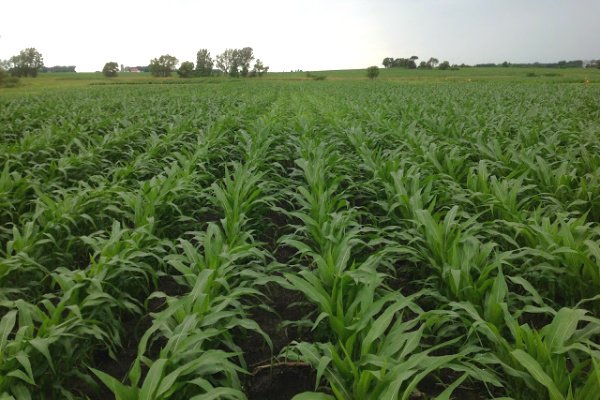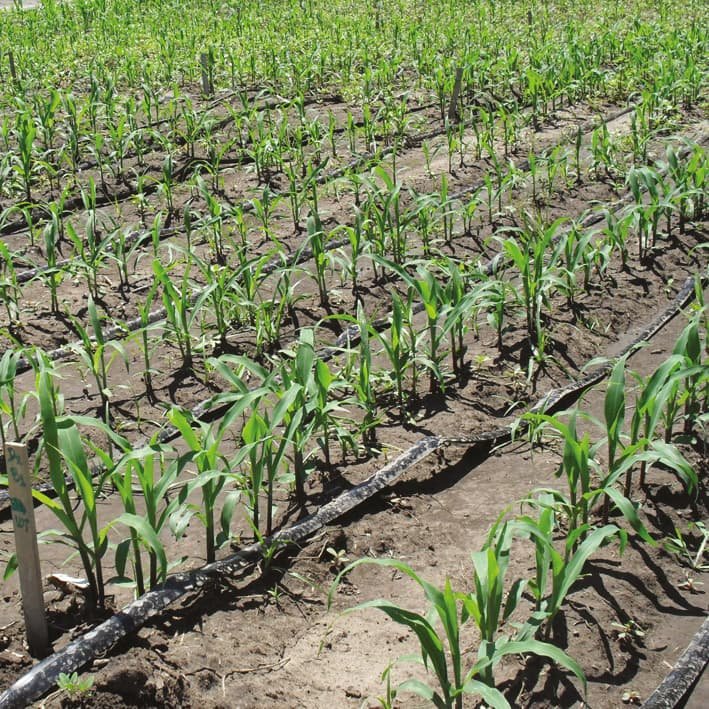In relation to the phenological aspects of growth and productivity of maize plants, it will be based on the different types of maize varieties used by farmers that are also an important component in the maize environment for both local varieties or their own landraces.



▶ In Mexico and Central America, the stalks are cut above the ears, when they are well developed, to feed cattle. The green stalks that remain after harvesting baby corn are also used as fodder. There is not much information on the use of quality protein corn as a fodder crop; perhaps it could have advantages for making silos for dairy cattle. Silage of green corn cobs with quality protein is becoming more widespread in northern European countries where corn is difficult to grow to maturity.

▶ Credits: botany – [Image of Public Domain]
≕ I invite you to stay tuned and read my next contribution ≔
It has been reported that o2-CCM is equal in yield but superior in nutritional quality to CCM corn normally used for swine feed, all varieties can be grown for forage. The highest yielding varieties are the tall regional varieties; hybrids, because of their small size, generally produce less total forage. A good forage corn crop can produce between 60 and 80 tons/ha.
Corn as fodder for cattle is a high-energy food, but deficient in protein, to compensate for this deficit, the farmer usually supplements corn silage as cattle feed with protein-rich products such as soybean cake, alfalfa and in the case of ruminant animals, it can be replaced by nitrogenous materials such as urea.

The conditions that a silage bin should have do not depend on the dry matter content of the forage at the time of harvesting, but on the care with which the silage is made, isolating it from air and water. In corn silage, the leaves are generally more digestible than the stalks, since the stalks contain higher levels of lignin than the leaves. Carbon dioxide and oxygen consumption create oxygen-free conditions that, in addition to favoring microbial fermentation, induce anaerobic glycolysis that ends with the production of lactic acid.
NOTE: Reference material.